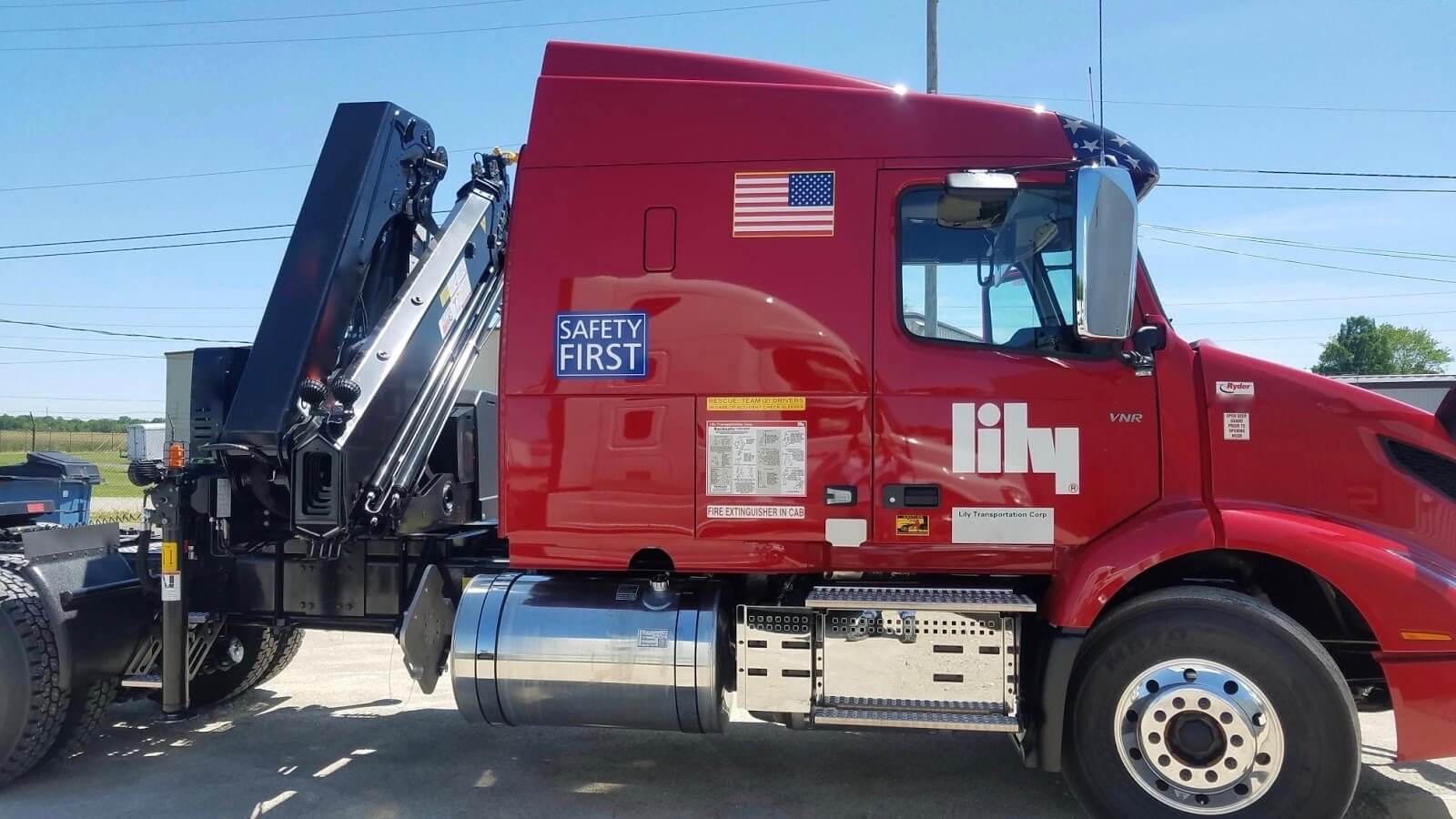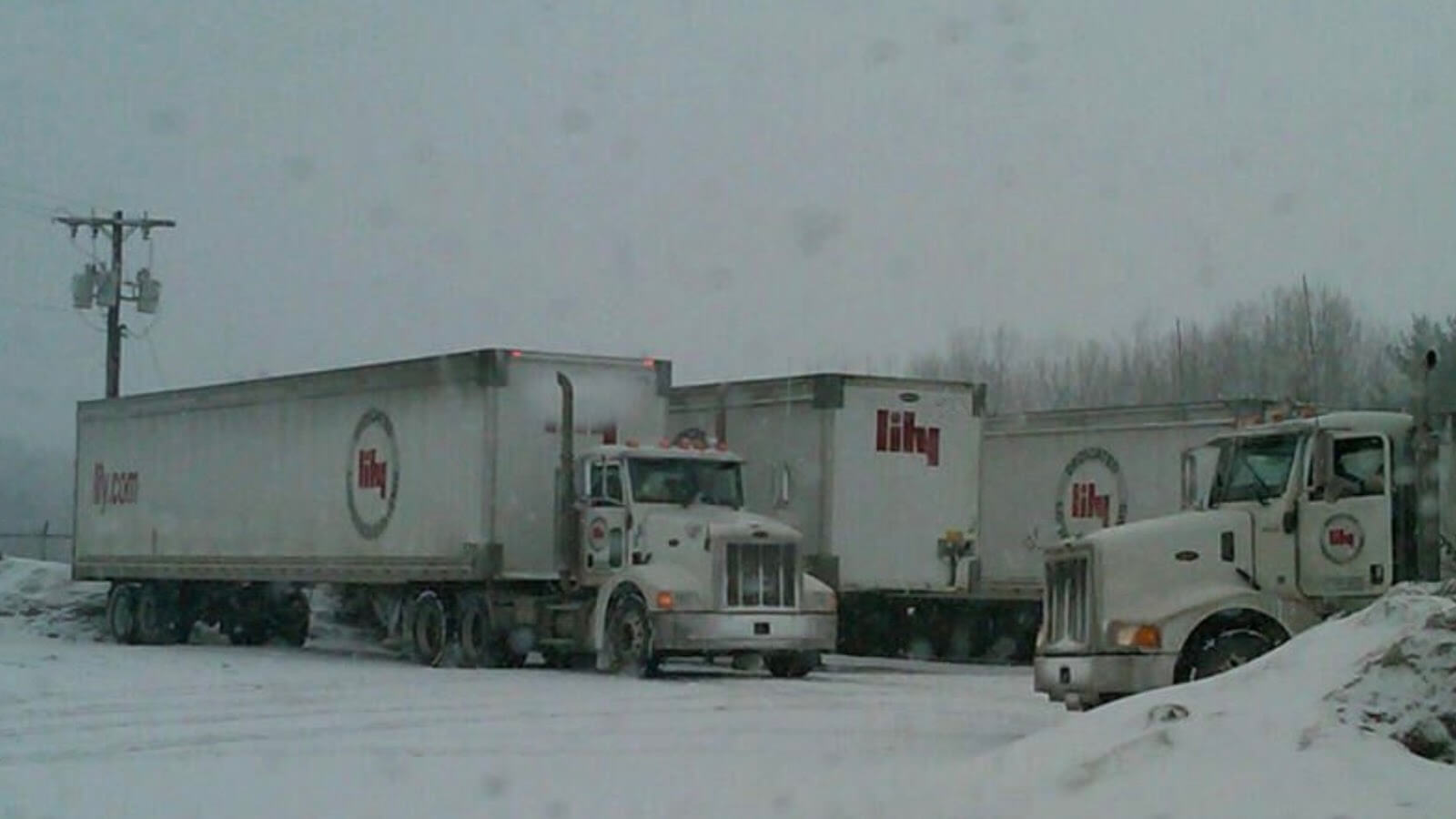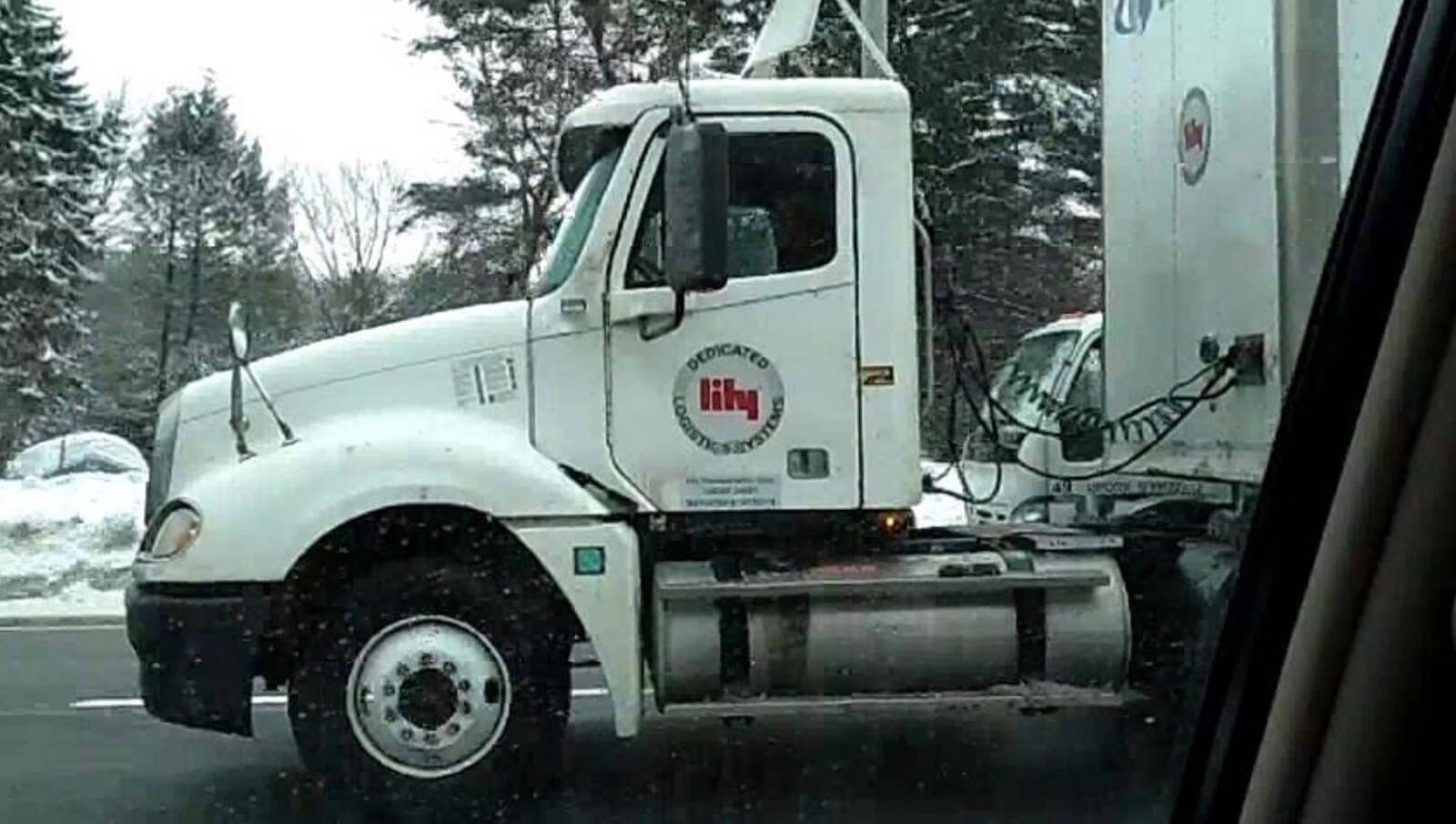Prioritizing trucking safety is one of the most important things a truck driver (and their carrier) can do. When you spend most of your day behind the wheel of a truck, you need to be aware of things that someone driving a normal car won’t have to worry about. With this in mind, Lily Transportation wants to share some safety tips for truck drivers that will help keep you, and everyone you share the road with, as safe as possible.
The Best Safety Tips for Truck Drivers
While all of the training and certifications you went through to get your commercial driver’s license (CDL) have left you well-equipped with the tools and skills you need to succeed behind the wheel, it’s important to never stop learning. Even the most experienced truck drivers can continue to expand their expertise, and that’s what we want to help you do with these truck driver safety tips.
Let’s get to it!
1) Complete a CDL Pre-Trip Inspection
Before you hit the road, you should always perform a CDL pre-trip inspection. This inspection will tell you if your truck is ready to be driven and covers things like “major hoses, fluid levels, brakes, tires, lights, couplings, clutch or gearshift, emergency equipment and much more.”
Employers require a CDL pre-trip inspection for truck safety reasons before a driver gets on the road, but it’s good practice to go through your truck driver safety checklist at the start of every day. This way, you always know how your truck is doing and can keep tabs on anything that could be cause for concern later down the line of your trip.
2) Always Use (and Pay Attention) to Signals
Using your signals is a fundamental part of driving, regardless of the size of the vehicle you’re operating. However, when driving a truck, you need to pay special attention to how and when you’re using your signals as well as when the drivers around you are using their signals.
Always signal well-before you’re making a turn or merging into another lane so that other drivers can make room for you. Check your mirrors every 8-10 seconds, so you don’t miss a vehicle that’s entering your blind spots. And if you ever have to pull off the road, use your flashers, reflective triangles, and road flares (if necessary) to alert others to your presence.
3) Plan Your Trip Ahead of Time
There are all sorts of things that can happen on the road, but planning a trip ahead of time will undoubtedly make you better equipped to handle those things. Before you get behind the wheel, take some time to look at the weather you might be facing. Look at traffic, check out the best route to take, and make sure you pinpoint any stops you’ll want to make. This is one of the easiest safety tips for truck drivers and will go a long way toward getting you where you’re going as quickly (and safely) as possible.
4) Stay Energized & Focused
An essential, but often overlooked, truck driver safety tip is snacks. When you’re driving all day, you need to keep yourself energized and focused, ideally without the sugar or caffeine crash that comes as a result of coffee or energy drinks. So, instead of stocking up on those all-too-tempting salty and sugary snacks, try a variety of mixed nuts, fruits, veggies, and protein shakes.
Not only will these nutritious snacks keep your energy levels high, but when paired with a steady intake of water, it will keep you from getting hungry before it’s time to stop for a proper meal. And since these healthy snacks taste great, keeping them on hand is one of the easiest safety tips for truck drivers to adopt!








